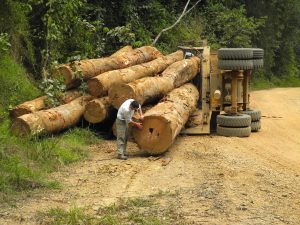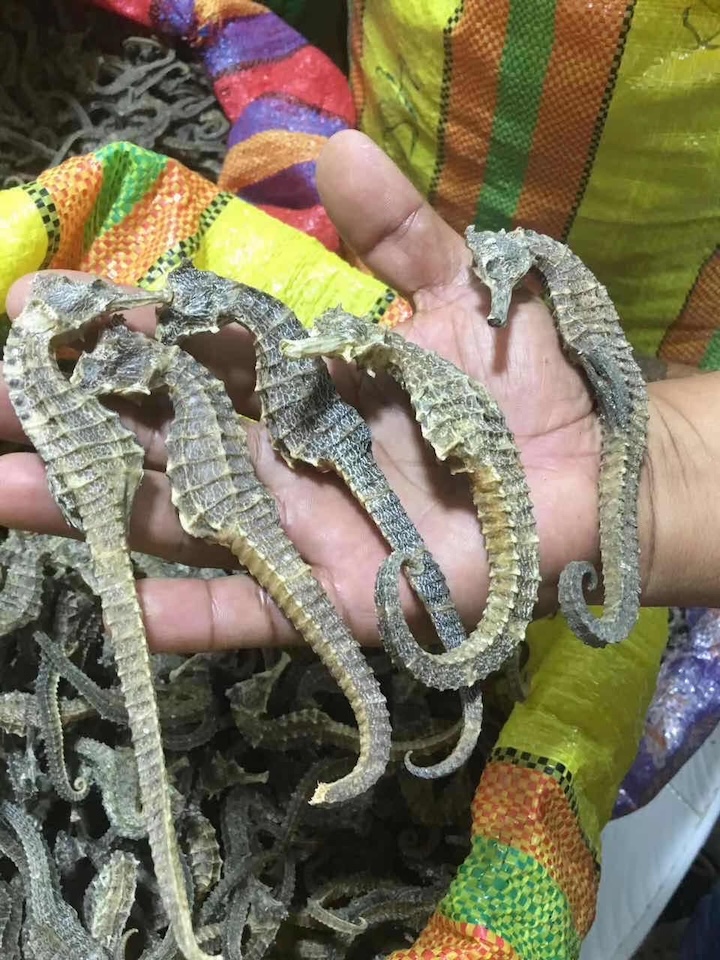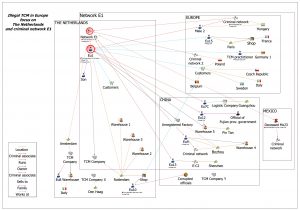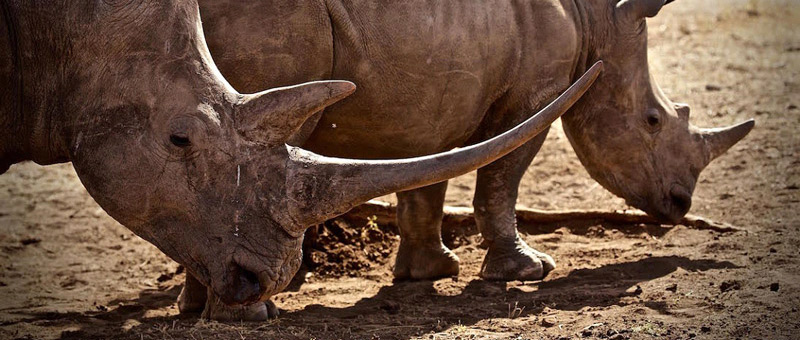WHY FOCUSING ON ENVIRONMENTAL CRIME CONVERGENCE MATTERS

Environmental crime doesn’t happen in isolation. The same cartels that traffic jaguar fangs or rare hardwoods also wash profits through underground money laundering networks, rely on corrupt officials to secure permits, and—at times—share routes and logistics with arms, drug, and human-trafficking syndicates.
This overlap is what we call Environmental Crime Convergence, and ignoring it leaves the worst offenders untouched. Studying the convergence lens lets investigators move beyond the poacher in the forest to the financiers in offshore hubs, the brokers in free-trade zones, and the gatekeepers inside banks and customs agencies who keep the machinery running.
Why does this matter?

First, the stakes for nature are enormous: convergent trafficking is destroying biodiversity and dismantling the planet’s most irreplaceable ecosystems—old-growth forests, coral reefs, peatlands—faster than conservation and enforcement can keep up. Second, communities on the front lines pay the price. Illegal mining poisons rivers with mercury; illicit logging removes a village’s only buffer against landslides; wildlife trafficking fuels outbreaks of zoonotic disease. Where convergent networks thrive, violence, corruption, and lost livelihoods follow, undermining legitimate economies and driving insecurity that extends well beyond national borders. Third, some of the world’s most dangerous organized-crime and paramilitary groups now bankroll themselves through environmental and wildlife crime. From cartel-controlled timber corridors in the Amazon, to insurgent factions financing operations with “conflict gold” and elephant ivory, the high profit–low risk reality of natural-resource trafficking has become a critical revenue stream for armed actors.
The human costs ripple outward into national and global security. Profits from environmental crime bankroll organized crime groups including drug cartels, and weaken already fragile states, creating openings for organized criminal enterprises to expand. Each container of untraceable rosewood or shipment of trafficked sea cucumber is also a vector for money-laundering, sanction-evasion, and even terrorist financing—issues squarely on the radar of finance, defense, and intelligence communities.
That is why researching, mapping, and combating Environmental Crime Convergence sits at the heart of Earth League International’s mission. By combining investigative field operations with financial forensics, open-source intelligence, and strategic partnerships across government and the private sector, we expose the entire criminal ecosystem—from the forest floor to the boardroom—and translate evidence into action.

Every intelligence product we deliver equips government agencies and other key stakeholders with the insights they need to combat environmental organized crime, safeguard biodiversity and natural resources, and protect the people whose future depends on healthy, resilient natural systems.
In short, tackling Environmental Crime Convergence is not only about saving species or landscapes; it is about defending communities, stabilizing economies, and securing a sustainable future for all of us.


